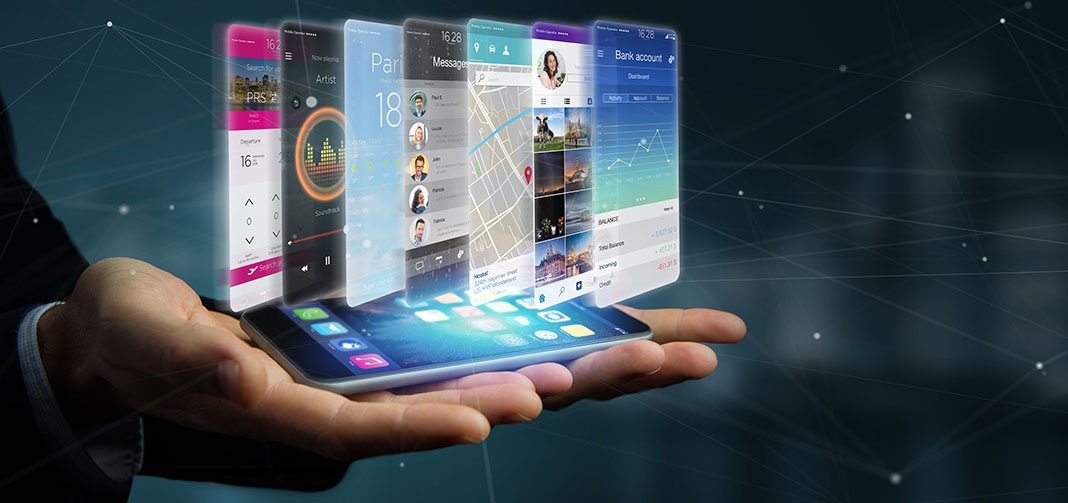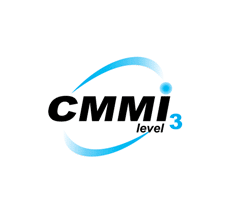Be it any sector; engagement is something that is needed everywhere. Mobile learning is not new in this domain. It has also become a solid avenue to help students approach academia at the right time. Owing to the rapid technological progress, we have come across several mobile tools that help students and their mentors accomplish learning goals effectively. The education industry is vast, and so is the education app market size. Seeing this rapid technological advancement, education app developers, big institutions, and universities are attempting to remake the way education is provided to their students. Education app development comes together as the wisest choice here. This blog will focus on how education apps have revamped the learning process.
Primary Features of an Educational Mobile App
The primary characteristics of an educational mobile app ensure that the app runs according to its motive. These traits also guarantee that the app satisfies the immediate needs of users- the students and teachers. Below are the primary components of an educational mobile app.
Primary Features for Teachers
▲ Log-in and account set-up: This log-in feature will allow teachers to sign into the e-learning app’s system and start using the platform. The account set-up feature will allow teachers to create their profile and verify their identity via mobile phone or email via OTP.
▲ Profile dashboard: This feature will allow teachers to update their professional data information in the app. The profile feature should permit them to add job-related details, including their full name, educational background, area of expertise, profile, courses or subjects offered, certifications, and other important information.
▲Student management dashboard: The student management dashboard feature shall allow teachers to easily manage and keep track of their student’s information and activities. The student management dashboard is more like a traditional non-paper-based class record where teachers write their students’ remarks and grading information. This dashboard makes it easy for teachers to view their students’ projects, task performances, exams, and attendance records.
▲Course management section: This allows teachers to direct and organize all the courses and classes and the subjects they teach. The course management section should also include a feature that will allow teachers to upload learning materials for example, images, PDF docs, and video tutorials related to the course.
Primary Features for Students
▲Log-in and account set-up: The log-in feature will allow students to log into the app’s system using different modes: username, email, registered mobile phone number, or social media. The account setup feature is similar to that provided to the teachers. Students can create an account, verify their identity, and use the app.
▲Student dashboard: Other than the students’ personal information such as name, gender, age, residence, and courses or subjects, grade, etc., the student dashboard should also allow them to view all the information pertinent to their classes, courses, or subjects they are currently enrolled in. This information may include subject teachers, exam date sheets, class timetables, projects or assignments, and student progress reports.
▲Payment: The payment feature provides students with a quicker, safer, and more easy way to pay fees for their course/s.
How To Deliver Increased Academic Experience Via Mobile Education Technology
Students these days have become digital natives. Their lives revolve more around extended media and technology. Not only are they comfortable with the technology, but also they can efficiently function in both the physical and virtual worlds simultaneously. Now, with education apps, learning is becoming fun and completely child-centered. Let us see how?
- Improved engagement
Mobile apps are great tools for stimulating the mind. Education apps also activate better engagement between students and teachers. Students get to learn from audio-visual media. By watching videos and listening to the audio, students retain a concept better. This way, a long-lasting memory is created in their minds for learning helpful in the long run.
Education app development paves a new direction for how students process information. Students will be able to comprehend things based on their learning styles. An app that delivers learning based on the curriculum requirements will increase understanding and benefit students.
- Flexibility in learning
Flexibility hasn’t limited to a particular place or time. In mobile learning, flexibility involves using podcasts or videos and other popular multimedia assets on smartphones. The best thing about educational mobile apps is that students can access them from anywhere in the world. They can also be accessed even without an internet connection. Since mobile apps are portable, students can access them at their comfort and convenience.
- Personalized learning experience
These days, educators demand an app that allows them to integrate their content and syllabus in some way or another. Students are also willing to acquire a personalized learning experience that matches their learning needs and objectives. Currently, many app markets are locked down and cannot be adjusted to fulfill the educator’s specific requirements.
Personalization in educational mobile apps can be deployed by blending in AI components. By integrating AI algorithms, educators can craft content based on relevance to the learner’s objectives, the pace of learning, and pre-existing knowledge.
Education App Development: Tips To Consider
▲Attractive appeal and functionality
Design and appearance are crucial aspects. Therefore, ensure keeping the UI attractive. It is also essential to support responsive design and smaller screen sizes into account when creating any mobile app design. Keeping the design simple and intuitive will bar students from getting lost. The content in the design must be faster and easier to read. It will also help in making quick decisions.
▲Identifying key objectives
Understanding learners’ needs are essential before assembling an education app. The mobile app should closely define what you want your students to accomplish before introducing it into the curriculum.
▲Integrate the app with existing classroom technologies
Interactive whiteboards and web-based television will assist the instructional design team in easily mirroring mobile apps into flat screens, projector screens, and other displays. This will make it simple for mobile to act as a mainstream device like any other classroom technology.
▲Offer necessary updates
One important aspect is that developers should assess the education app regularly and offer essential updates. Feedback from mobile users must be entertained to provide any improvement to the existing app or its latest updates. Doing so will help your education app get updated according to the latest education standards.
▲Notifications
A different section must be added to the education app to help students manage and view notifications. This keeps students informed regarding all the new updates about their syllabus or curriculum.
Conclusion
With the help of these education mobile apps, you can create a bespoke app to provide your students with the best learning experiences in a modern way. Educational app development solutions offered at OVE help you maximize productivity. To get a better insight into our offerings, please fill out the form given below. We will be happy to assist you.









